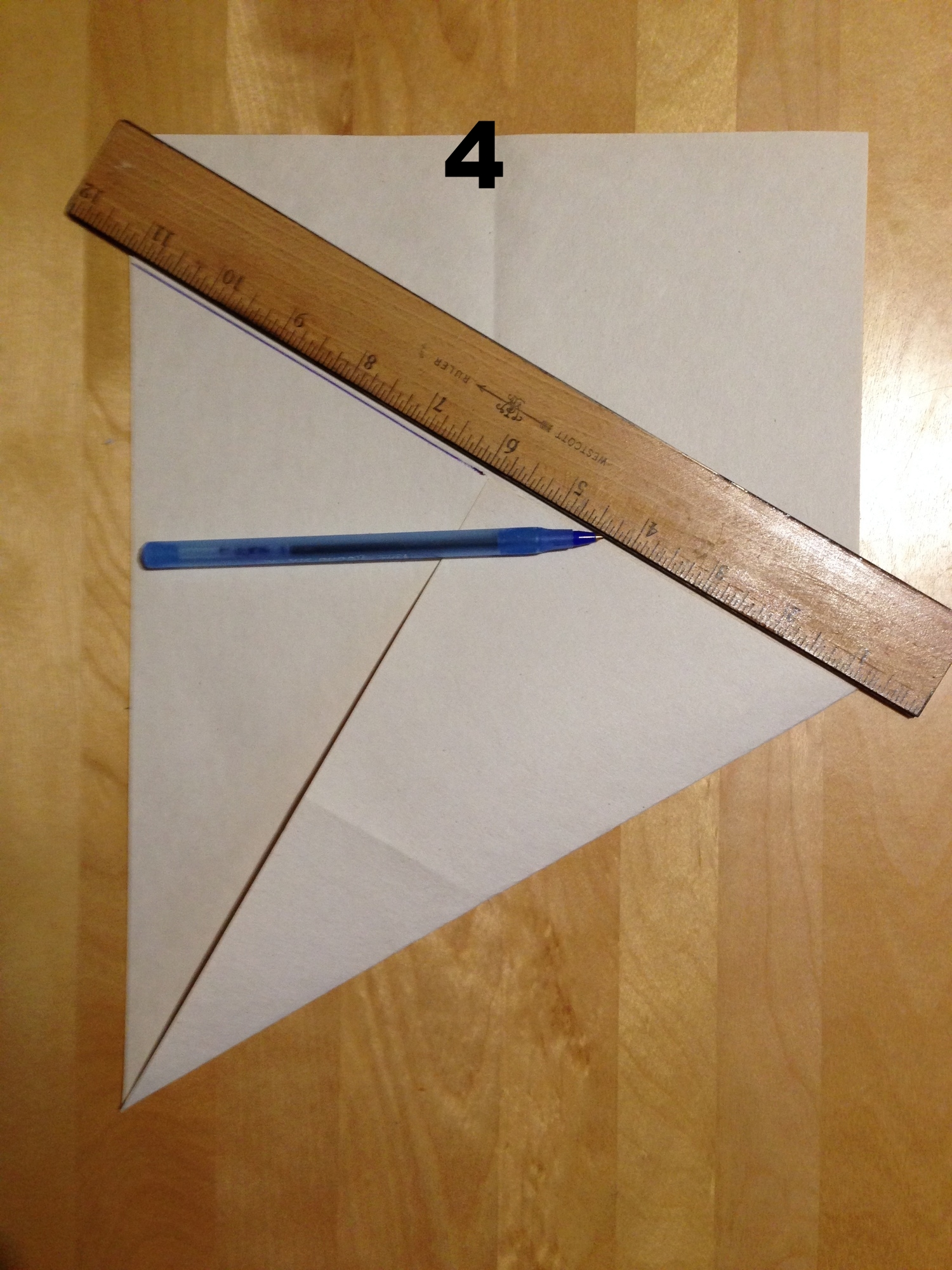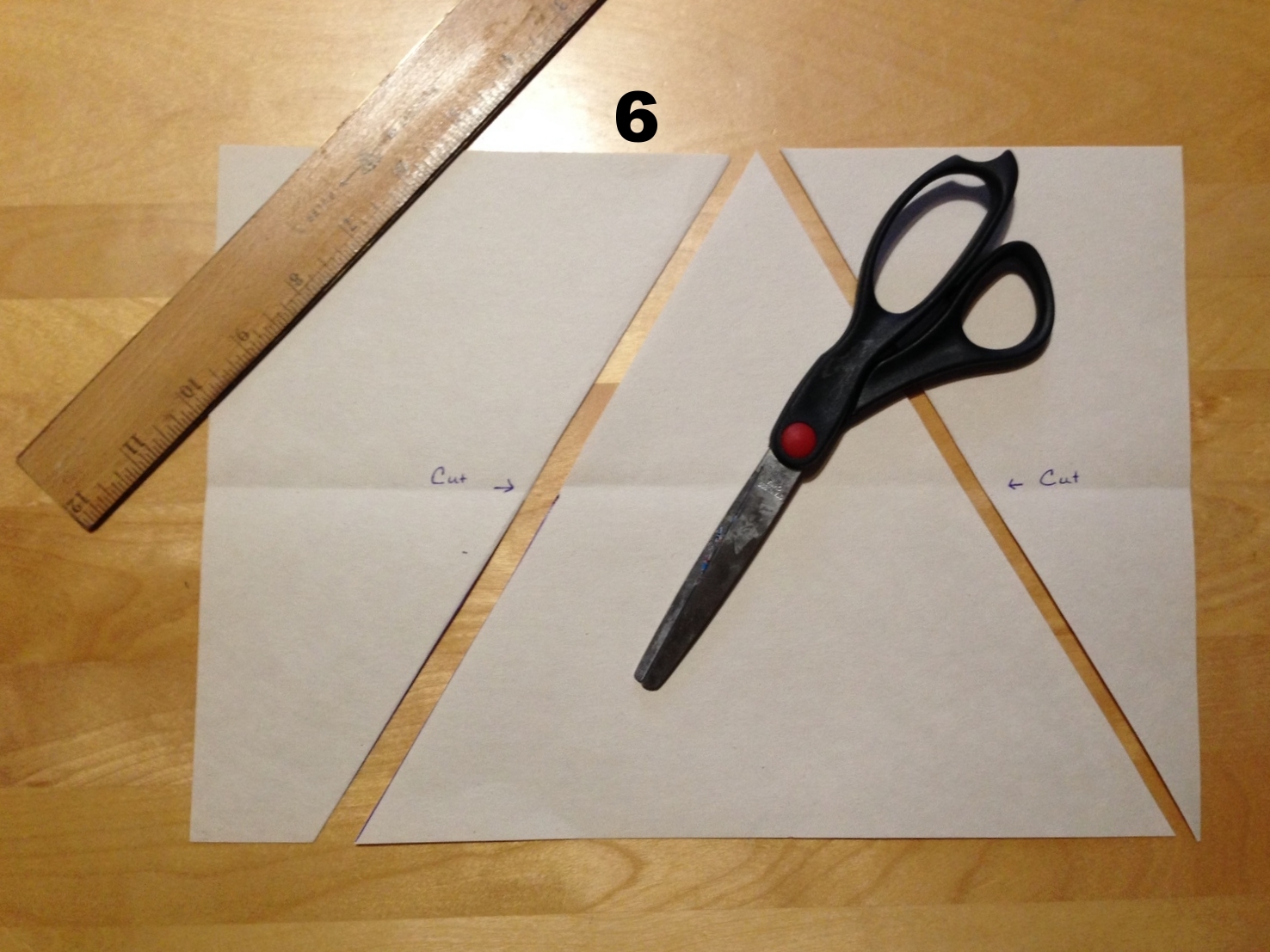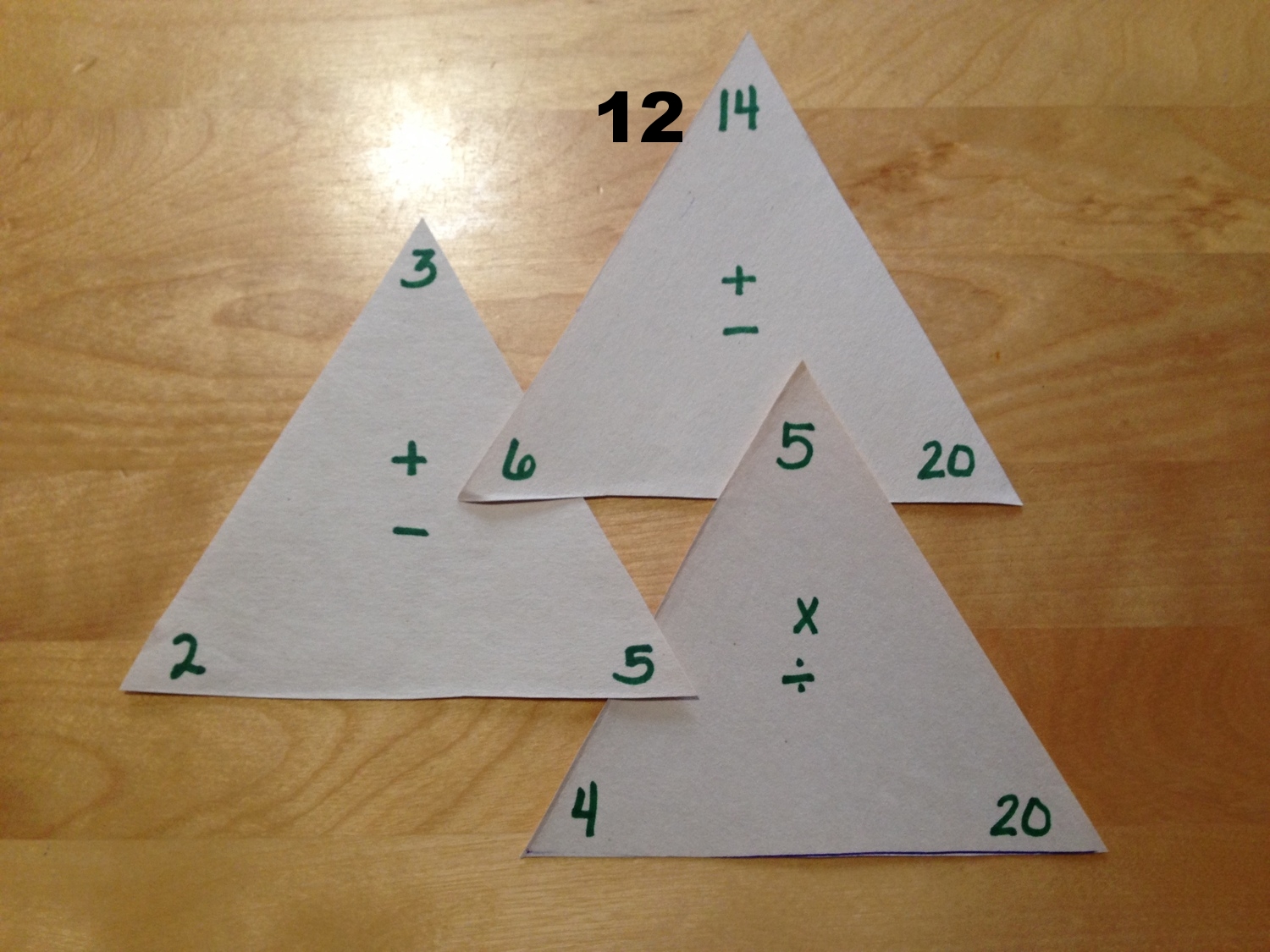Triangle Flash Cards - Easy as 1, 2, 3!
Mastering math facts is an extremely helpful (if not essential) skill for a child to have in his math strategy arsenal. While some children with memory deficits may find this a challenge, most children can learn facts in the four operations (addition, subtraction, multiplication, and division) and should be encouraged to do so if at all possible. It will allow them to become fluent in math problem solving thus saving time while enabling them to tackle life application problems that they will need as they mature. Whether mastering math facts comes easily for your child or not, there's really no substitute for practice and drill. One simple and inexpensive way to learn facts is by using triangle flash cards, and (GOOD NEWS!!!) you can make these yourself. In fact, having your child make or help make them is a great way to boost his understanding of the skill.
What you will need:
- Heavy paper (construction paper, tag board, scrapbook page inserts, etc.)
- Scissors
- Ruler (optional)
- Marker
What to do:
The slide show above will show you, step by step, how to take a rectangular piece of paper and make it into 4-6 equilateral triangles (great little geometry lesson here all by itself). Once you have your triangles, you can continue to make more in this way or use one of the completed triangles as a pattern.
You may make as many flash cards as your child is comfortable working on at one time. For example, if working on addition and subtraction up to five, you will need only three triangles. In the corners of one, write 0, 5, 5 and follow with 1, 4, 5 on the second and 2, 3, 5 on the third with + and - signs in the center of each card (see slide for one example). With these three cards, your child will be able to practice twelve facts: 0+5=5, 5+0=5, 5-0=5, 5-5=0, 1+4=5, 4+1=5, 5-1=4, 5-4=1, 2+3=5, 3+2=5, 5-2=3, and 5-3=2 by simply using his fingers to cover the answer and then self-check. I would recommend teaching the entire number family that each card represents rather than separating addition from subtraction or multiplication from division. You may use color coding of the paper for different fact groups or of the numbers to indicate which one to begin with when subtracting or dividing. Speak or sing the facts as they are practiced for an added plus.
Here are some of the benefits of using triangle shaped flash cards:
- Fewer cards to store (I would suggest a zippered sandwich bag)
- Can be made inexpensively as you go
- Relationship of numbers in number families is emphasized
- For every number family learned, your child knows four facts (in other words, ONE FOURTH THE WORK of traditional flash cards!)
- The interconnectedness of addition and subtraction is made obvious
- Learning that adding numbers results in a larger number and, vise versa, subtracting from that larger number results in a small number
- Seeing that the order of the addends and factors is interchangeable (commutative property of addition and multiplication)
- They are tactile and kinesthetic
Can you think of others? Drop me a line!














